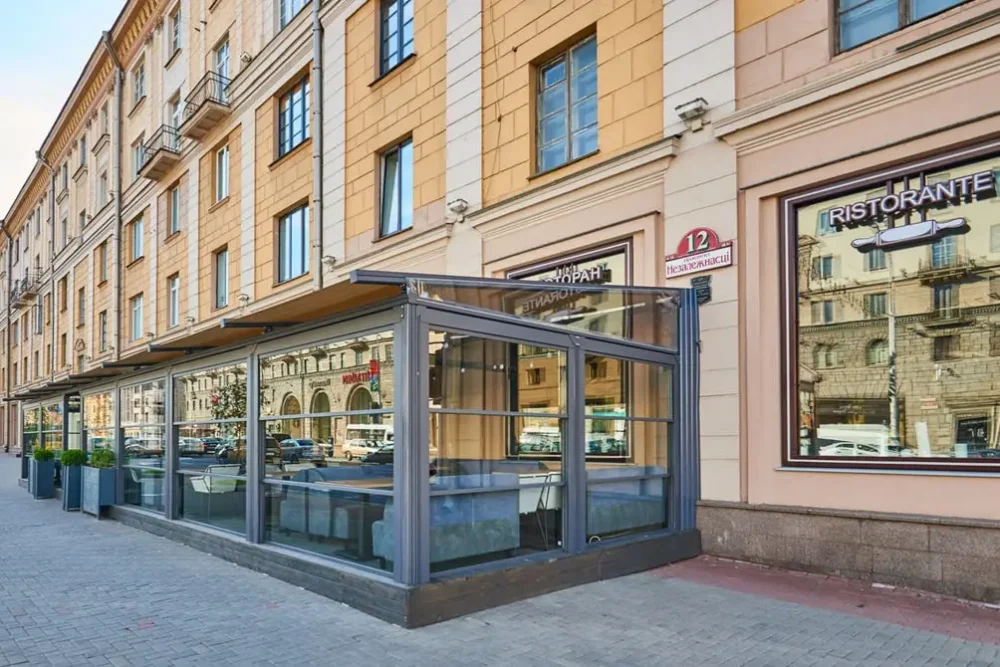It’s not about the size of the suitcase here—it’s about the precision of understanding. What can be taken in carry-on luggage on a plane is determined not only by the airline standards but also by international security rules. The difference between “allowed” and “not allowed” is often measured not in kilograms, but in milliliters, materials, dimensions, and even the aggregate state of the item.
Aiming for Dimensions: Size and Weight Under Control
Most airlines set uniform standards. The dimensions of a suitcase, bag, or backpack should not exceed 55×40×20 cm—standard travel models fit easily within these dimensions. Restrictions apply not only to sizes but also to weight: the standard limit is up to 7 kg, in premium tariffs—up to 10 kg. Even a violation by 1 cm or 100 grams can lead to payment for excess baggage.
Compact, light packing, tight arrangement, and the absence of duplicate items ensure passage without additional charges.
Items with Tickets: What Can Be Taken in Carry-On Luggage on a Plane
Cabin baggage on a plane may include a specific list of items strictly regulated by aviation standards. Among them are electronics, documents, clothing, accessories. But formality in the list is not the main thing. It is important that the items meet the requirements for carry-on luggage: compactness, dense packing, compliance with safety standards.
What can be taken in the aircraft cabin:
- Electronics: smartphones, laptops, cameras—only in the off or “flight mode.”
- Liquids—in containers not exceeding 100 ml, total volume not exceeding 1 liter, packed in a transparent plastic bag.
- Medications—with a prescription for volumes exceeding 100 ml.
- Documents, money, keys—strictly in carry-on luggage.
- Baby items—food, diapers, wipes, not exceeding the allowable weight.
- Valuables—jewelry, watches, gadgets that cannot be entrusted to the baggage compartment.
- Sports accessories—only small ones, without sharp elements.
- Food—in solid form, odorless, tightly packaged.
This luggage configuration will allow you to pass through security without problems and keep your nerves during check-in and boarding.
What Cannot Be Carried in Carry-On Luggage: On the Border of Permissible
An airport is not a market. Security control detects all prohibited items using X-rays and personal belongings screening. Violation leads not only to confiscation but also to a fine. Knowing the restrictions allows you to prepare the right set in advance.
What cannot be carried:
- liquids exceeding 100 ml in volume;
- knives, scissors with a blade longer than 6 cm, razors;
- pressurized aerosols, except for medical ones;
- construction tools, wire, screwdrivers;
- lighters with liquid fuel;
- batteries with damaged casing or without labeling;
- flammable materials.
Even souvenirs from a trip can be prohibited—ceramic or glass items with sharp edges, for example, are often detained during inspection.
Airline Requirements
Rules and requirements for carry-on luggage are not globally standardized—each airline sets its own parameters.
For “Aeroflot,” the maximum weight is 10 kg, for “Pobeda”—5–8 kg depending on the tariff, for Turkish Airlines—up to 8 kg plus a personal bag. Conditions regarding dimensions also vary: 55×40×20 cm for most, but Ryanair allows only 40×25×20 cm in the basic tariff.
Understanding what can be taken in carry-on luggage on a plane requires studying the conditions of a specific carrier. One flight—one set of requirements. Tariff features affect access to additional items without payment: in many cases, including a backpack or bag may only be possible in business class.
What Can Be Taken in Carry-On Luggage on a Plane, but with Restrictions
Some categories of items are allowed but with restrictions on quantity, packaging, or documentary confirmation. These rules are especially important for traveling with children, long business trips, and flights with special needs.
Allowed but controlled items:
- Medications—transportation is allowed even in volumes exceeding 100 ml, but with a prescription.
- Baby food—is allowed without restrictions when a child is on board.
- Electronics with lithium-ion batteries—are allowed only in the cabin, prohibited in the cargo hold.
- Fragile items—are allowed, but the carrier is not responsible without packaging.
In case of doubt, it is better to contact the airline in advance. What can be taken in carry-on luggage on a plane is often clarified on the carrier’s official website, indicating dimensions, weight, and a list of restrictions.
Tariff Nuances: How Baggage Depends on the Ticket
It’s not the tariff that adjusts to the passenger—it’s the other way around. Economy classes in low-cost airlines often include only minimal baggage, without carry-on luggage. For example, the basic fare on Ryanair or Wizz Air does not include a suitcase, only a small backpack under the seat. Adding it requires a separate payment, sometimes the cost exceeds the price of the ticket itself.
To save money, it is important to study the tariff in advance. Including baggage or a second carry-on item (such as a bag or case for electronics) may be cheaper when booking than at the airport check-in.
It depends not only on the airline but also on the selected package. Premium tariffs often have no weight restrictions within reason, allowing the transportation of electronics, food, business accessories, and sports equipment without additional charges.
How to Pass Security Screening Without Problems
The airport checks not the passenger but the luggage. At the security screening, the security system detects prohibited items in a fraction of a second. All liquids in carry-on luggage are placed in a transparent bag and presented separately. Electronics are taken out and screened separately from the suitcase.
To avoid delays, it is better to prepare the contents of the luggage in advance. A backpack with a separate compartment for electronics, cosmetics in mini-packages, documents—easily accessible. If asked to open the bag at the control, the inspector will quickly find what is needed without having to pull out everything.
Liquid restrictions apply in all countries: creams, pastes, sprays, perfumes—all must comply with the 100 ml norm. Yes, a 150 ml shampoo labeled “almost empty” will still be confiscated.
What can be taken in carry-on luggage on a plane is determined not only by the airline but also by the aviation security service. Flights to the USA, Canada, the UK may have enhanced measures, including shoe checks and random baggage inspections.
Smart Packing—Guarantee of Trouble-Free Flight
No instruction can replace logic and common sense. A clear understanding of what can be taken in carry-on luggage on a plane eliminates problems at check-in, speeds up boarding, and enhances flight comfort. Tight packing, precise dimensions, absence of prohibited items, and thoughtful choice of tariff reduce the likelihood of conflicts and expenses.
Preparation for air travel includes several mandatory steps:
- checking the carrier’s rules;
- weighing the baggage;
- packing liquids;
- preparing documents;
- inspecting the bag’s contents.
Compact, light, rationally packed luggage allows you to save money, pass screening without delays, control personal items, and go through check-in and boarding faster.
What Can Be Taken in Carry-On Luggage on a Plane: Conclusions
What can be taken in carry-on luggage on a plane depends on dozens of factors—from the flight and fare plan to the type of airport and route. The clearer the requirements are followed, the easier the journey. Smooth security control, flawless check-in, compact suitcase, and absence of fines are the result of thorough preparation, not chance.
 en
en  ar
ar  de
de  es
es  fr
fr  nl
nl  ru
ru  hi
hi  it
it  pt
pt  el
el 



